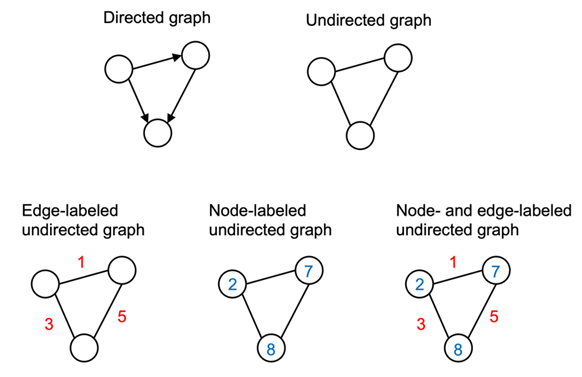Using YOLOv5 in PyTorch
YOLO, an acronym for ‘You only look once,’ is an open-source software tool utilized for its efficient capability of detecting objects in a given image in real time. The YOLO algorithm uses convolutional neural network (CNN) models to detect objects in an image.
The algorithm requires only one forward propagation through a given neural network to detect all objects in the image. This gives the YOLO algorithm an edge in speed over others, making it one of the most well-known detection algorithms to date.





